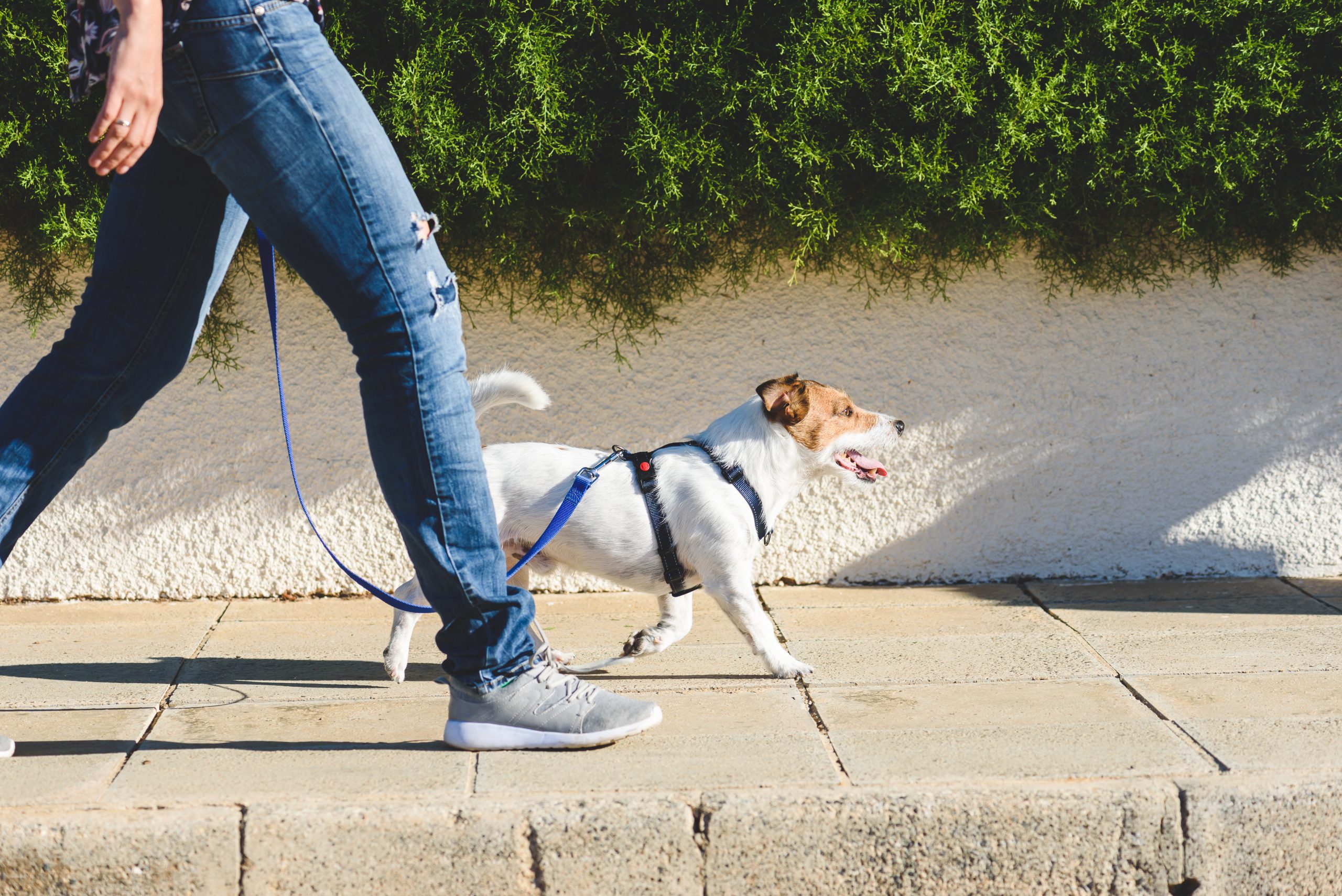
During the epidemic, many Quebecers discovered the benefits of everyday walking as a fitness exercise, but it’s also a great way to treat foot injuries.
Walking is a highly comprehensive physical activity that should not be overlooked, despite its modest intensity. It strengthens the joints, muscles, and tendons in addition to activating the respiratory system.
Walking has a number of advantages, the most important of which is its ease of use. To begin walking, you do not need to be an elite athlete. Age, physical condition, professional activities, and financial status have little bearing on the outcome.
This exercise is also appropriate for those who are less physically active, such as those who have heart disease, diabetes, osteoporosis, or any other medical condition, and does not require any prior expertise. Walking is a great technique to repair injuries because of all of these factors.
Here are five suggestions for therapeutic walking.
Tip 1: First, put your good shoes on
While walking is beneficial, if you don’t wear the appropriate shoes, it might aggravate problems. The right footwear provides comfort and support.
First, buy your shoes at the end of the day, when your feet are most tired, to ensure comfort from morning to night. Don’t depend just on the size shown on the box. The measurements differ from one model to the next and from one brand to another. To guarantee that you get the correct size, try on shoes at the store.
Look for a shoe that is laced and has a closed toe. You’ll be able to better adapt it to your foot as a result. To help absorb shocks, seek out a softer sole. Don’t be fooled by a pretty color or a good deal. They are not the proper shoes for you if they do not fit your feet.
Tip 2: Take your time.
Despite the fact that walking is a democratic activity, we all walk at our own speed, based on our physical condition, tiredness level, or other factors. For example, you may be faster or slower than another walker or your own “performance” the day before.
It is preferable to take numerous small walks rather than one lengthy walk of several dozen kilometers to guarantee that your walks are restorative, especially if you are not accustomed to walking great distances. Avoid placing too much pressure on yourself to achieve a specific speed or distance.
Tip 3: Pay attention to what your body is telling you.
Pay attention to your body’s cues. This is your body’s method of alerting you if there is a problem. Recreational walking has a low risk of injury, but you don’t want to exacerbate an existing condition. If you are experiencing pain, visit a podiatrist at once.
Tip 4: Take care of your feet after walking
It’s conceivable that your feet will be painful after a lengthy walk, especially if you’re using it to get in shape.
If this is the case, you may relax them by bathing, massaging them to improve blood circulation, or elevating your feet to relieve pressure.
Use a healing lotion to mend cracked feet or a moisturizing cream to prevent dryness to care for the skin on your feet.
Tip 5: See your podiatrist.
Checking in with your podiatrist after restorative walks is crucial. He or she can analyze your requirements and examine you. They’ll be able to see if you need anything special, like foot orthoses or orthopedic shoes.
PiedReseau: the specialists in restorative walking
If you detect any signs of discomfort, don’t hesitate to get treatment from a podiatrist. Our Quebec network comprises forty podiatry clinics with professionals that can answer your inquiries and efficiently address your difficulties.
Make an appointment with one of our podiatrists as soon as possible by contacting PiedReseau!

